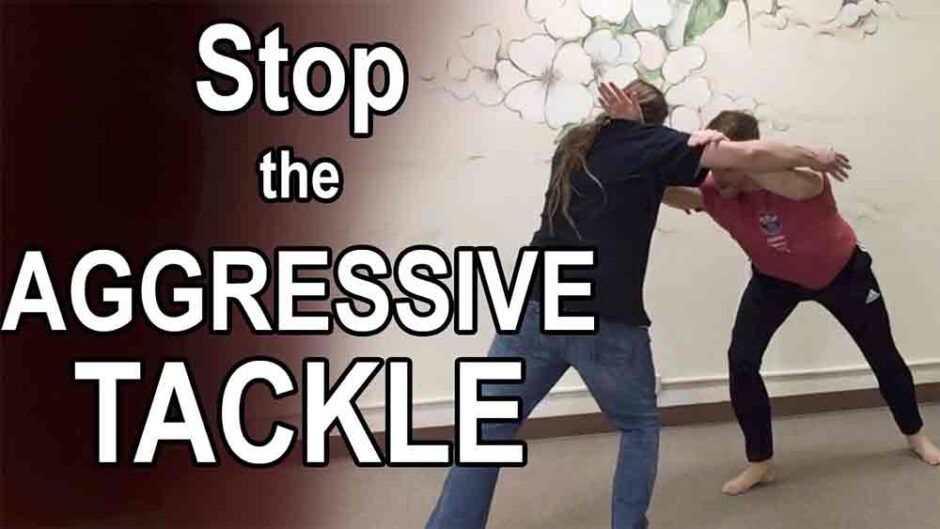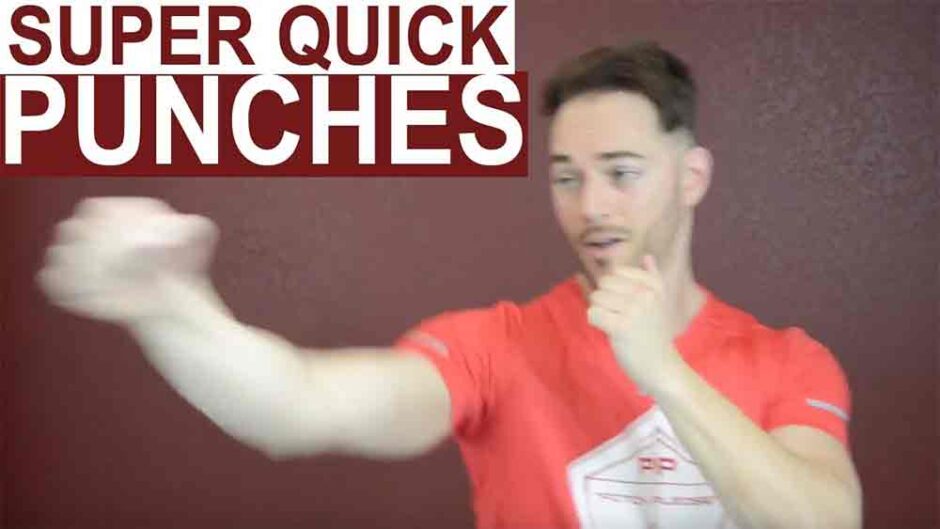Peripheral vision training for martial artist and combat self-defense.
Peripheral Vision – What Is It?
Humans have 2 basic visual fields, our foveal focus where we see detail and our peripheral vision field where we detect movement.
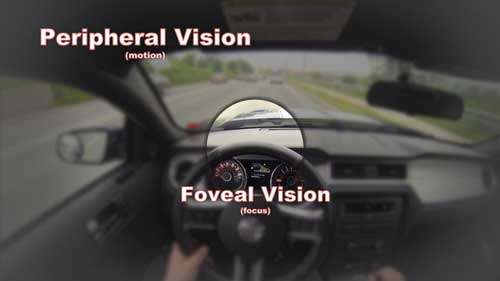
As you can see our fine detail field is very small whereas our peripheral vision field is quite large.
The foveal field is used primarily for fine motor skills, reading, threading a needle, etc.
But the peripheral vision field is where we get immediate startles, just imagine a fast moving object flying at your head that you see out of the corner of your eye.
Peripheral Vision – Why Use It?
Our reaction time is super fast in our peripheral field, far faster than our foveal field. Additionally it allows us to notice more of what is going on around us.
A classic fighter’s trick is the fake. Boxers will throw a fake jab and then hit with a hook or cross. A street fighter might throw a fake punch and then kick to the testicles.
What do these tricks do? They get you to turn your attention or foveal focus to the one attack so you don’t see the next one that lands.
The way you defeat this is to not look at any hand or foot but rather focus on the midline of your opponent so you can see both of their arms and legs in your peripheral field.
This also gives you the benefit of being able to see a 2nd attacker come in from the side, a wall you are about to run into, etc.
So reaction time improves, you see all of your opponents weapons, and you have more awareness of your environment. Long live peripheral vision!
Peripheral Vision is a Skill
High level athletes use their peripheral vision field during sports to quickly find teammates to make passes to or to find open space to move into.
They look primarily for gross patterns as opposed to fine details.
For instance Wayne Gretzky was known for saying he would take a quick peek and look for jersey colors to know where to make a pass. It only took him a fraction of a second to see what he needed to see and react.
He did not take the time to read the numbers of the jersey or look at the face to see who it was. That would have required foveal vision and thus a slower decision process.
How did he and so many other high level athletes from hockey, soccer, football, basketball, etc. get this good at using their peripheral vision?
Practice of course.
Additionally under extreme fight or flight one of the things that happens to people is they begin to lose part or virtually all of their peripheral vision.
This of course is bad news.
The main cause for this is lack of emotional and vision control… aka training.
Yes by training your peripheral field you can accomplish 2 things:
- Decrease your fight or flight stress response and thus retain more of your peripheral field
- Teach your brain to use the peripheral field during stress
This is exactly what top level athletes, military, and law enforcement do, on purpose or accident. And it is exactly what martial artists and combative self-defense people like you should do as well.
Peripheral Vision Drill – Hand Chasing
One of my all-time favorite peripheral vision drills is called Hand Chasing.
It is a very versatile drill that teaches you the following things:
- To use your peripheral visual field
- To recognize common attack patterns
- To see your opponent’s telegraphs so you know what they are about to do before they do it
- To stay calm
- To be aware of your surroundings
- To keep your hands up and in the way of your opponent’s hands
The Set Up
- Begin by facing your partner in a fighting stance
- Both of you put your hands up, palms facing, and create a 2″+/- gap between your palms
- Determine who is the leader and who is the follower (or chaser)
- The leader moves their hands around in random patterns and the follower must match their movements while trying to maintain that 2″ gap between palms
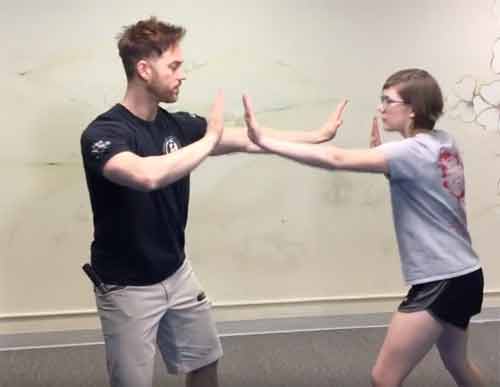
Add Progressions
Once you have the hang of it you can have the leader begin to add some challenges that simulate a real fight.
- The leader can add footwork and force the follower to move their feet while chasing their hands
- Sucker punches – the leader can fire off a surprise sucker punch (make sure to pull it just in case it isn’t defended)
- Combination punches – you can do 1, 2, or 3 punches
- Tackles, kicks, etc.
- Draw a weapon quickly and do a weapon defense
- You could have a 2nd attacker come in from the side that throws a sucker punch that must be blocked.
Once the attack is dealt with go immediately and seamlessly back into the hand chasing drill.
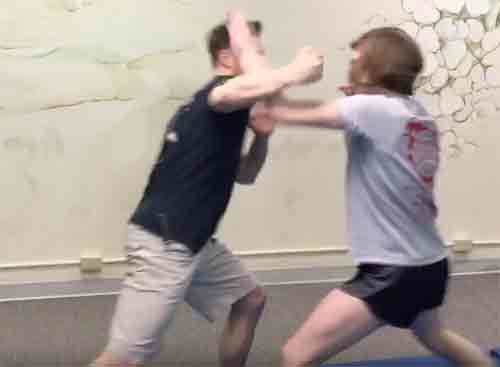
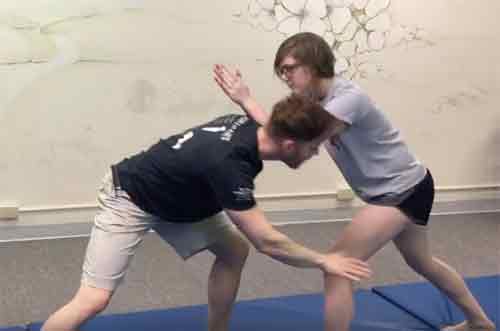
Final Thoughts
Do this for a couple of minutes each at the beginning of your martial arts training and add progressions as you are ready for them. In no time at all you will develop amazing confidence and reaction time.
Until next time,
Brian

